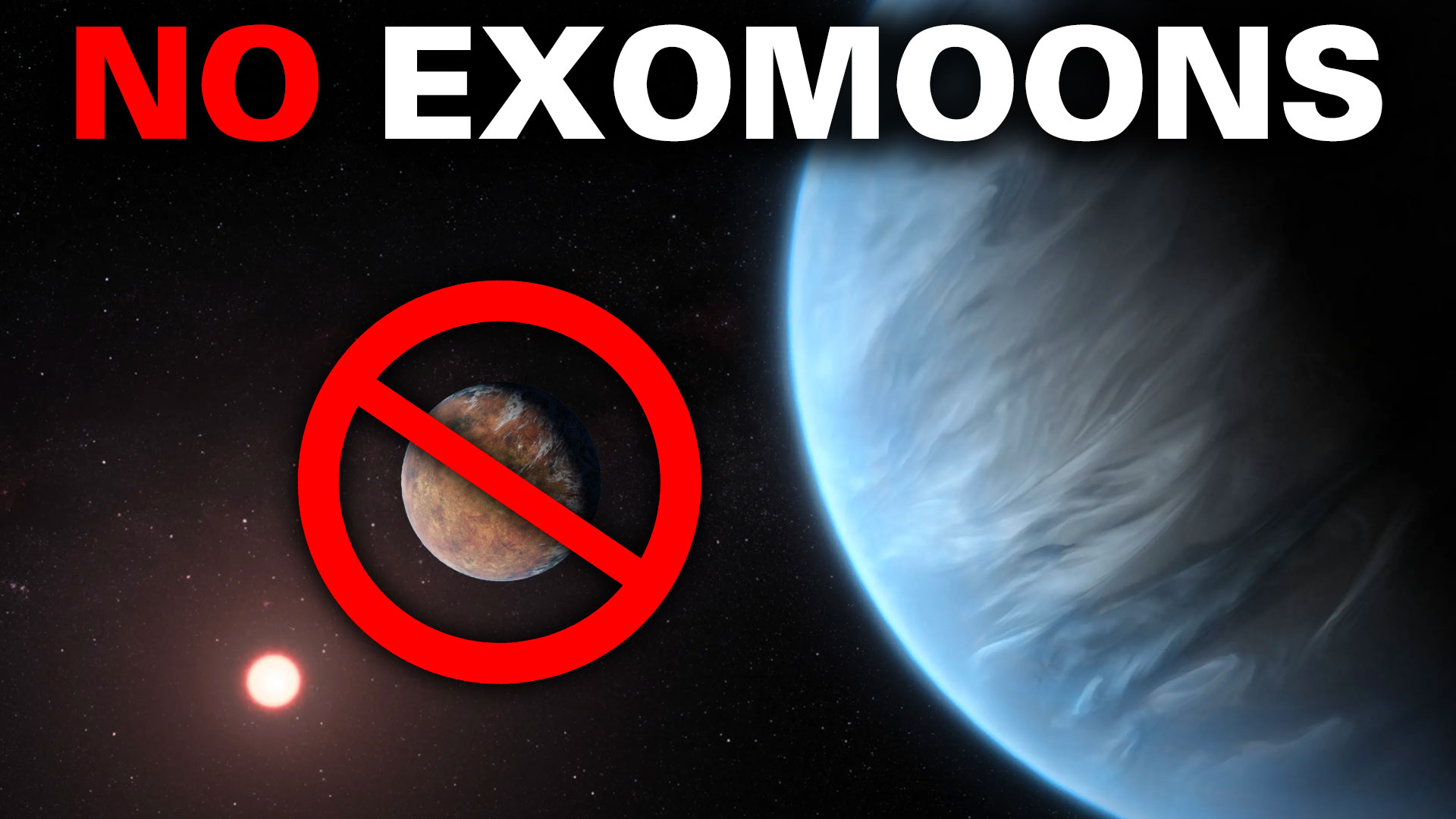When looking for signs of life beyond the Solar System, astrobiologists are confined to looking for life as we understand it. For the most part, that means looking for rocky planets that orbit within their star’s circumsolar habitable zone (HZ), the distance at which liquid water can exist on its surface. In the coming years, next-generation telescopes and instruments will allow astronomers to characterize exoplanet atmospheres like never before. When that happens, they will look for the chemical signatures we associate with life, like nitrogen, oxygen, carbon dioxide, methane, and ammonia.
However, astrobiologists have theorized that life could exist in the outer Solar System beneath the surfaces of icy moons like Europa, Callisto, Titan, and other “Ocean Worlds.” Because of this, there is no shortage of astrobiologists who think that the search for extraterrestrial life should include exomoons, including those that orbit free-floating planets (FFPs). In a recent study, researchers led by the Max Planck Institute for Extraterrestrial Physics (MPE) determined the necessary properties that allow moons orbiting FFPs to retain enough liquid water to support life.
Continue reading “Moons Orbiting Rogue Planets Could be Habitable”









